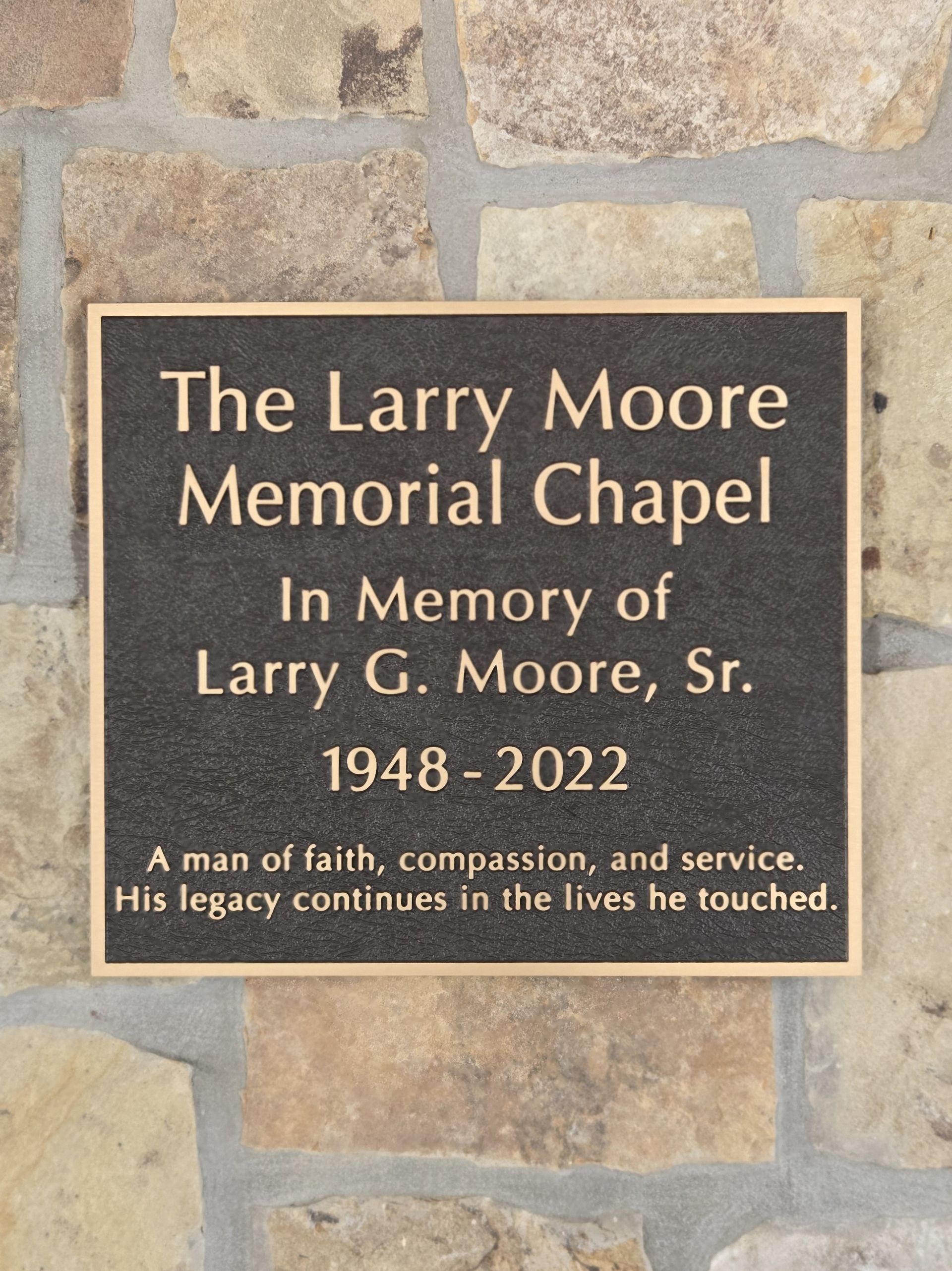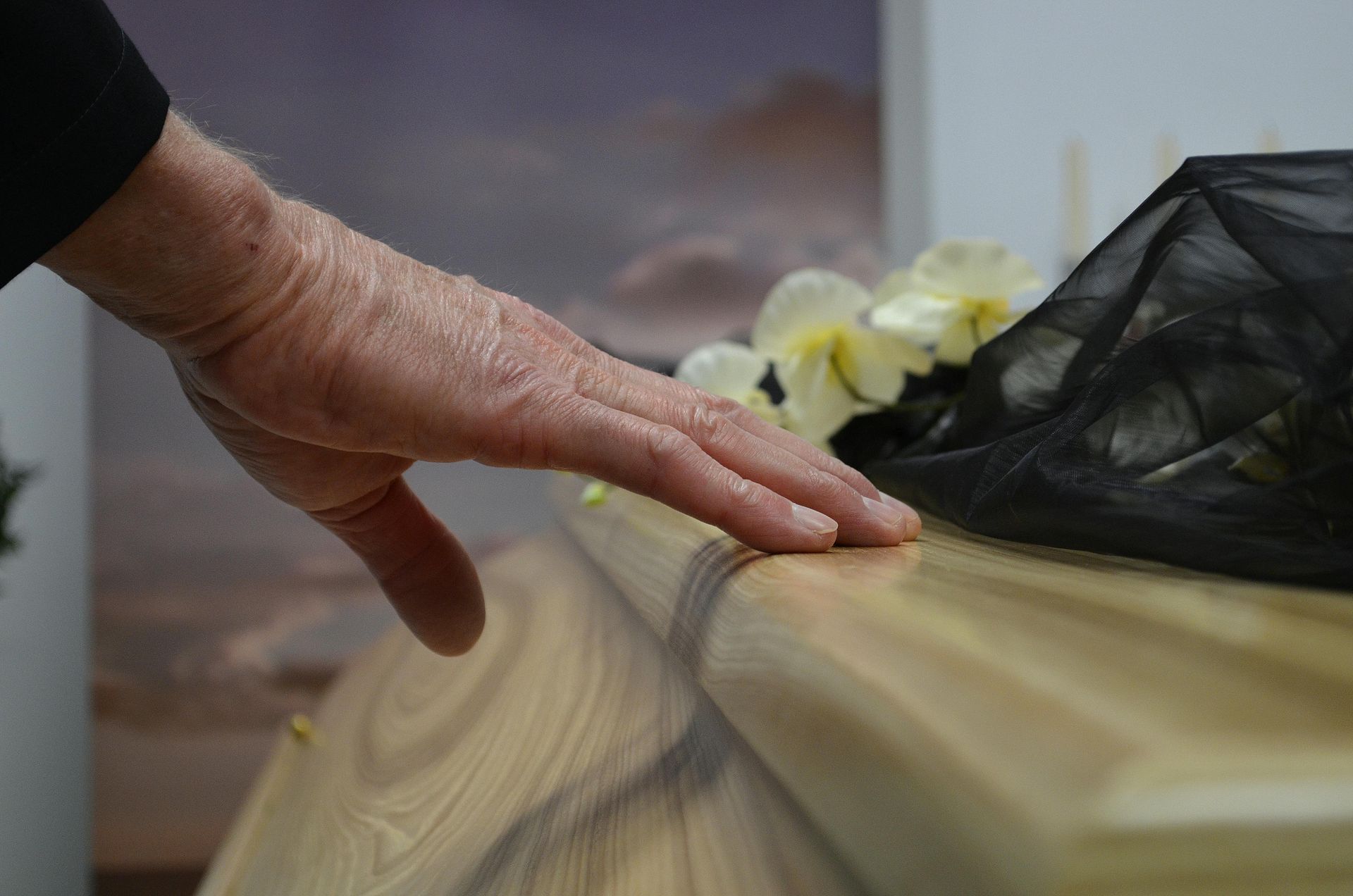What's Next?
What should we do with the ashes?

As cremation becomes more common, many families are left with an important and sometimes difficult question:
What should we do with the cremated remains, often referred to as ashes?
It’s a decision that often gets postponed—sometimes for years. I’ve spoken with families who still have a temporary urn tucked away in a closet simply because they weren’t sure what to do next.
Choosing a final resting place is about more than logistics. It’s a meaningful step toward healing, remembrance, and honoring a life well-lived. In this post, we’ll share why it’s important to make a plan—and a few thoughtful options to consider.
Why It Matters to Have a Plan
Deciding where and how to lay cremated remains to rest brings a sense of closure. It creates a dedicated space for reflection, remembrance, and sometimes even celebration.
Without a plan, cremated remains can easily become an afterthought—stored in a temporary container with no true sense of permanence. That uncertainty can lead to feelings of unfinished grief or even guilt.
Having a plan in place offers peace of mind—not just for you, but also for future generations who may want a place to visit and feel connected to their loved one.
Options for a Final Resting Place
Here are some of the most common and meaningful ways families choose to honor their loved one’s cremated remains:
1. Keep the Urn at Home
This is a personal and familiar option. Many families select a decorative urn that reflects their loved one’s personality or interests. Placed in a meaningful spot, it becomes a daily source of comfort and connection.
2. Place the Urn in a Columbarium
A columbarium is a structure with small compartments (called niches) that hold urns. Typically found in cemeteries, columbaria offer a permanent, respectful space that family and friends can visit—much like a traditional gravesite.
3. Bury the Urn
For those who value tradition, urn burial provides a tangible sense of closure. Like a casket burial, it can include a headstone or marker, giving loved ones a lasting place to honor and remember.
4. Scatter the Ashes
Scattering ashes in a meaningful location—such as a favorite hiking trail, garden, lake, or vacation spot—can be a powerful and symbolic gesture. Be sure to check local regulations and obtain any necessary permissions before scattering.
5. Create Memorial Keepsakes
Some families choose to incorporate ashes into jewelry, art, or other keepsakes. This could include rings, pendants, or even transforming ashes into diamonds, paintings, or memorial tattoos. These pieces offer a unique and lasting tribute.
Final Thoughts
Whatever you decide, the most important step is to make a decision. It's never too late to honor your loved one with a resting place that reflects their life and legacy.
If you're unsure about what comes next, we're here to help. At Moore Funeral Home, we’ll walk you through your options and help you find the choice that feels right for your family.











